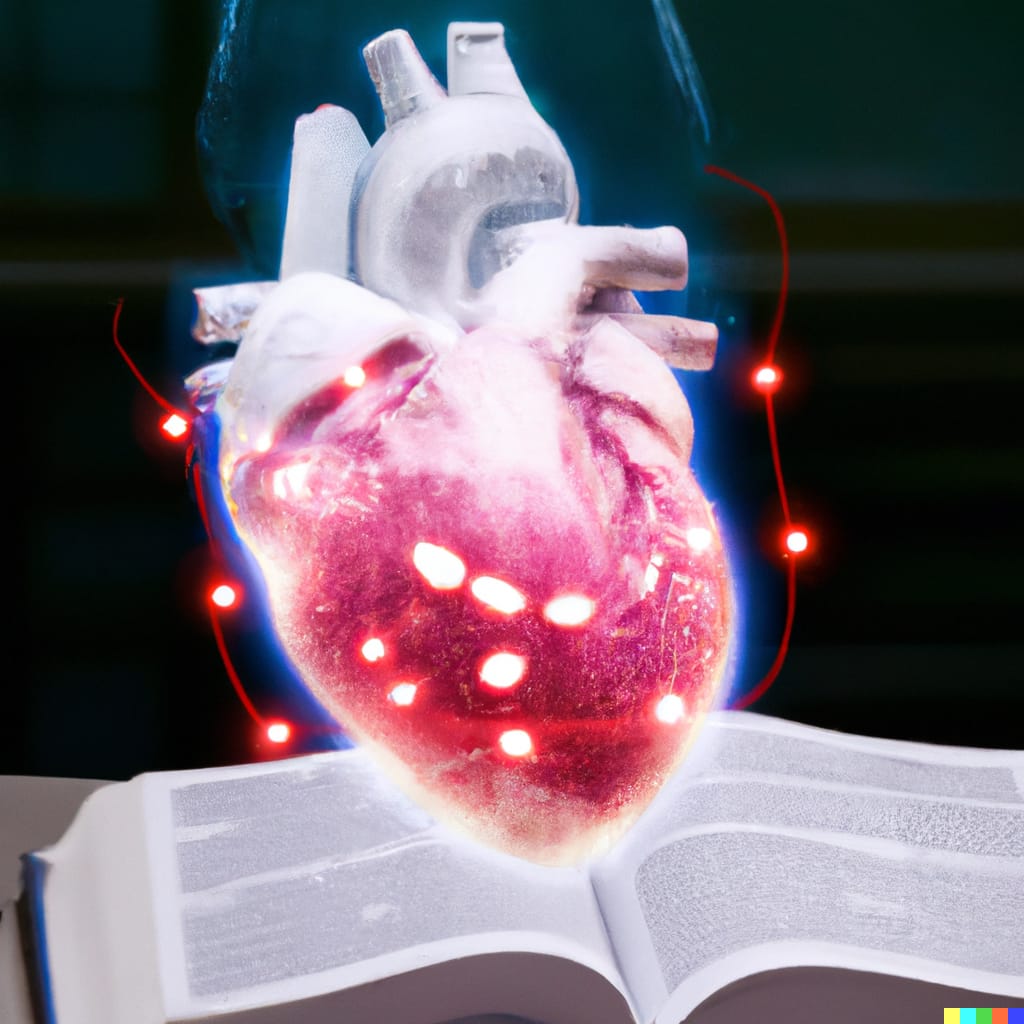What Are Digital Twins?
Digital twins are like virtual copies of something real. For example, think of a toy car and then creating a computer model of that car that behaves exactly like the real one. That computer model is a digital twin. Now, let’s see how this idea is changing healthcare. So this begs the question, How Are Digital Twins Revolutionizing the Healthcare Industry?
Making Personalized Medicine
Doctors can use digital twins to understand a patient’s body better. They can create a digital copy of a person’s heart, for example. By looking at this digital heart, doctors can see how the real heart is working and what might be wrong with it. This helps them give the right treatment for that specific person.
Example: Virtual Heart with Predix
GE’s Predix platform, which I had the opportunity to work on, uses digital twins to understand, predict, and optimize the performance of unique assets. In a healthcare setting, a hospital might use a digital twin of a patient’s heart to plan surgery. They can practice on the virtual heart first, so they know exactly what to do when they operate on the real heart.
Example: Genomic Medicine
Swedish researchers have been mapping mice RNA into a digital twin to help predict the effect of different types and doses of arthritis drugs. The goal is to personalize human diagnosis and treatment using RNA.
Monitoring Patients
Digital twins can watch over patients, even when they are at home. A digital twin can keep track of a person’s health and send information to the doctor. If something goes wrong, the doctor can know right away.
Example: Remote Care with Predix
Predix can create digital twins that monitor patients’ health remotely. For instance, a patient with diabetes might have a digital twin that keeps track of their blood sugar levels. If the levels get too high or too low, the doctor can be alerted and help the patient quickly.
Example: Personalized Health Information
Babylon Health’s Healthcheck app captures health data into digital twins. It works with manually entered data such as health histories, a mood tracker, symptom tracker, and automatic capture from fitness devices and wearables like the Apple Watch. The digital twin can provide basic frontline information or help guide priorities and interactions with doctors to address more severe or persistent conditions.
Training Doctors and Nurses
Digital twins can be used to teach doctors and nurses. They can practice on virtual patients before treating real ones. This helps them learn without risking harm to real people.
Example: Medical Training with Predix
Predix can create digital twins for medical training. Medical schools might use these digital twins to teach students how to do surgery. They can practice on virtual bodies, learning how to make the right cuts and stitches.
Planning Hospitals
Hospitals can use digital twins to make their buildings better. They can create a virtual copy of the hospital and see how people move around in it. This helps them put things in the right place so that doctors and nurses can work more easily.
Example: Hospital Design with Predix
Predix can create a digital twin of a new hospital to plan where to put the emergency room, the operating rooms, and the patient rooms. This helps them make sure that everything is in the best place to help people quickly.
Example: Digital Twin of a Healthcare Facility
Digital twin technology can be used to generate a virtual twin of a hospital to review operational strategies, capacities, staffing, and care models to identify areas of improvement, predict future challenges, and optimize organizational strategies. Therefore, digital twins of hospitals can be used for generating facility replicas and in turn, this enables resource optimization.
Conclusion
Digital twins, with respect to the healthcare industry, are like magic mirrors that show us things we can’t usually see. They are helping doctors understand people’s bodies better, watch over patients from far away, teach new doctors and nurses, and even plan better hospitals. These virtual copies are making healthcare better in many ways. They help doctors give the right care to each person, keep people safe, and make hospitals a better place to get well. It’s like having a helpful friend in the computer, working with doctors and nurses to make people feel better.
Food for Thought questions
How can digital twins make personalized medicine more accurate and efficient?
Can remote patient monitoring through digital twins become the norm in healthcare?
How are digital twins enhancing the training of medical professionals?
Could the future of hospital design and management lie in digital twins?


2 thoughts on “Digital Twins and the Healthcare Industry”